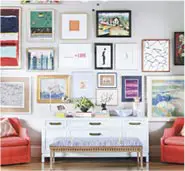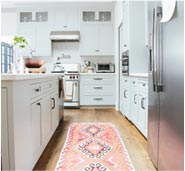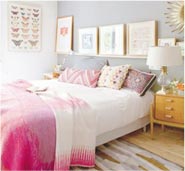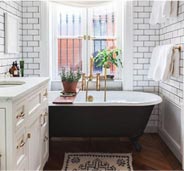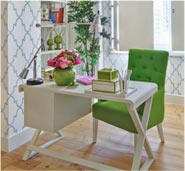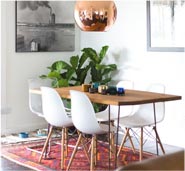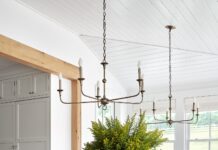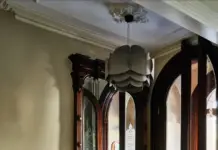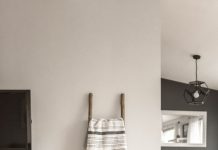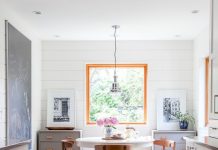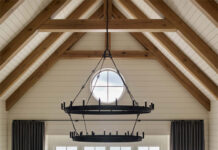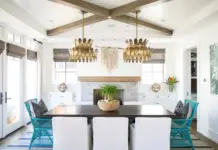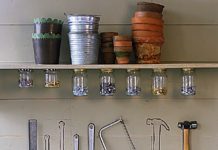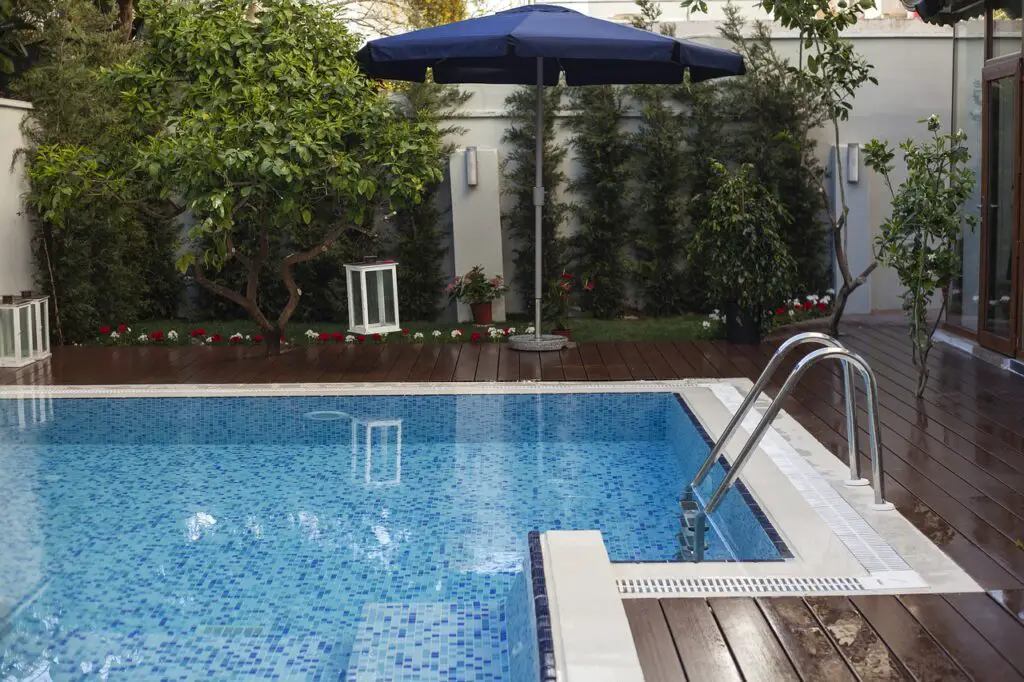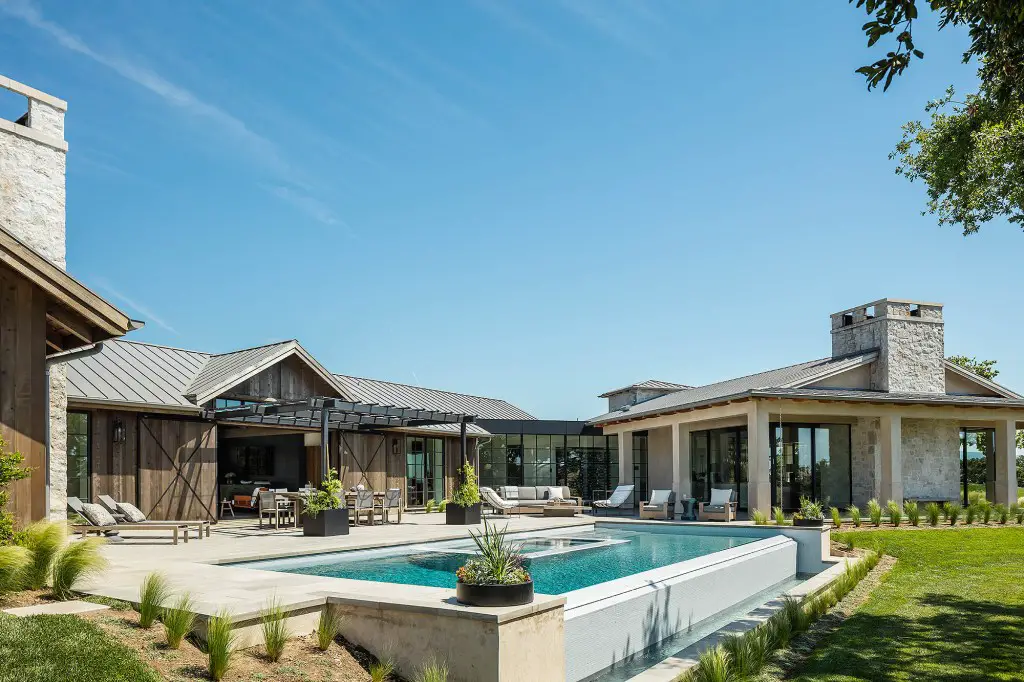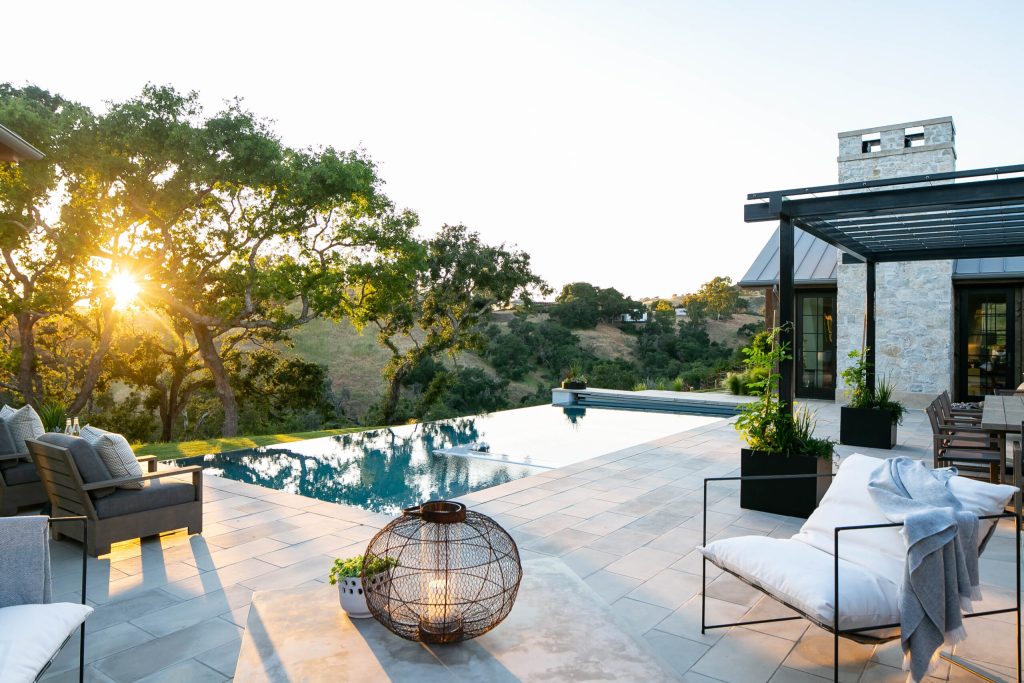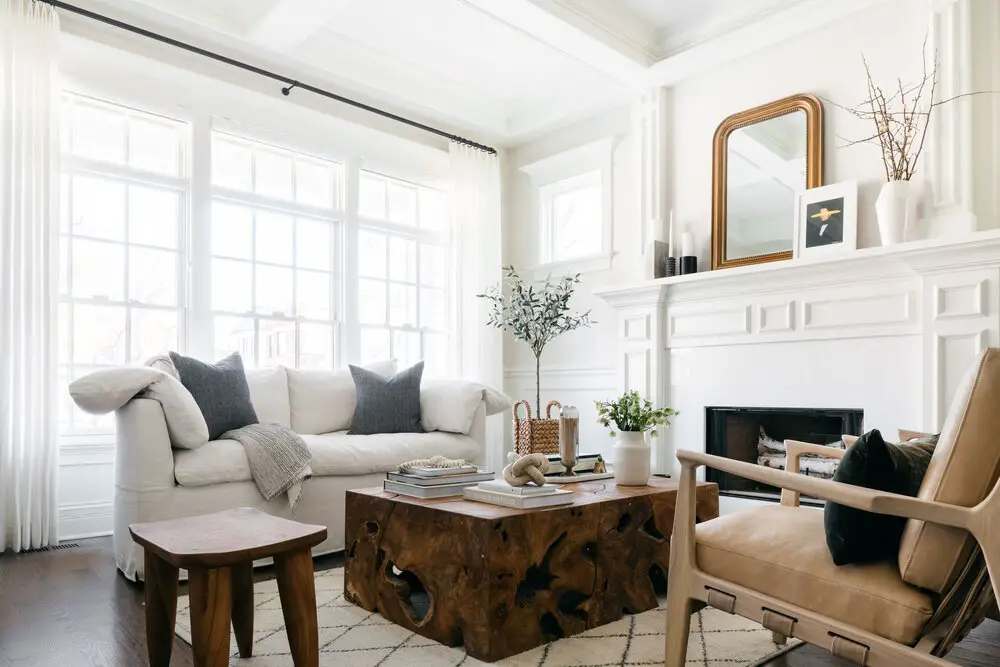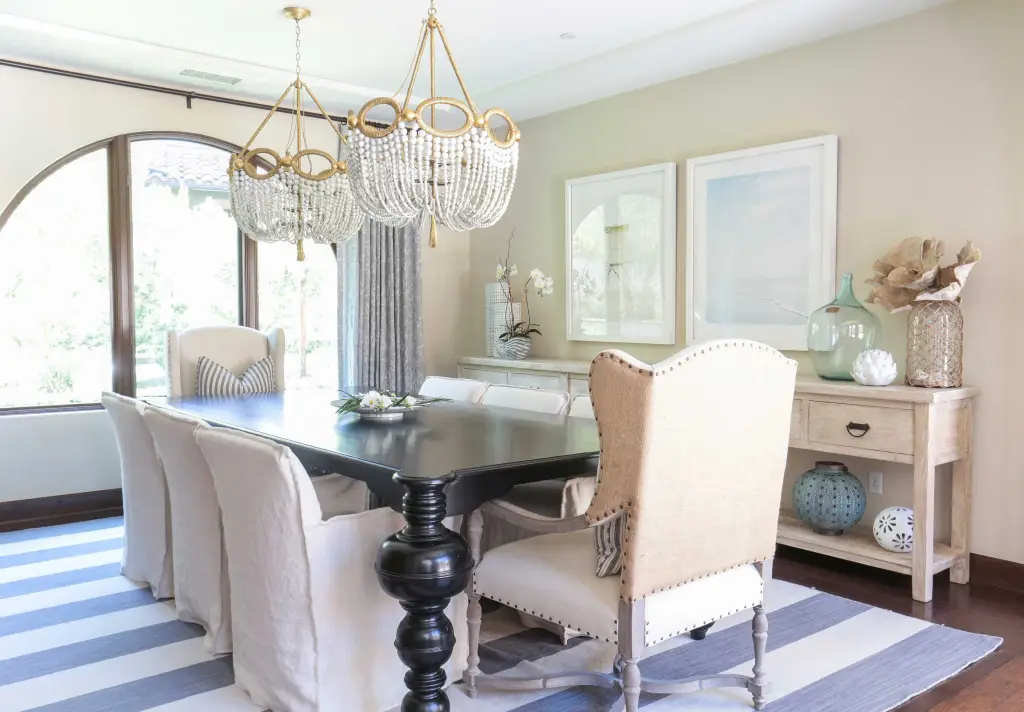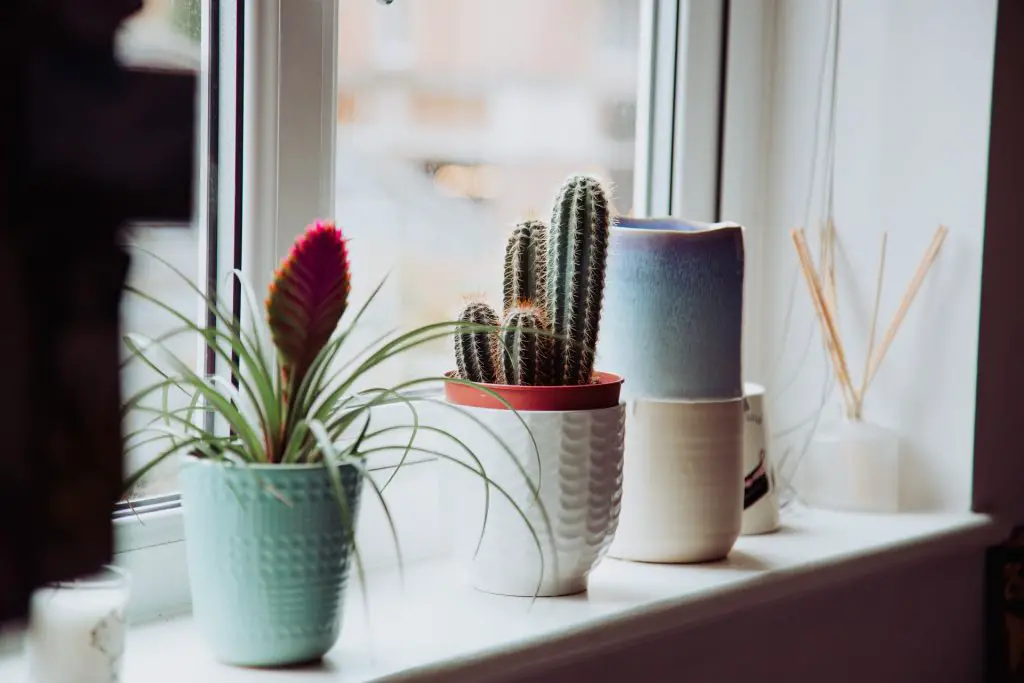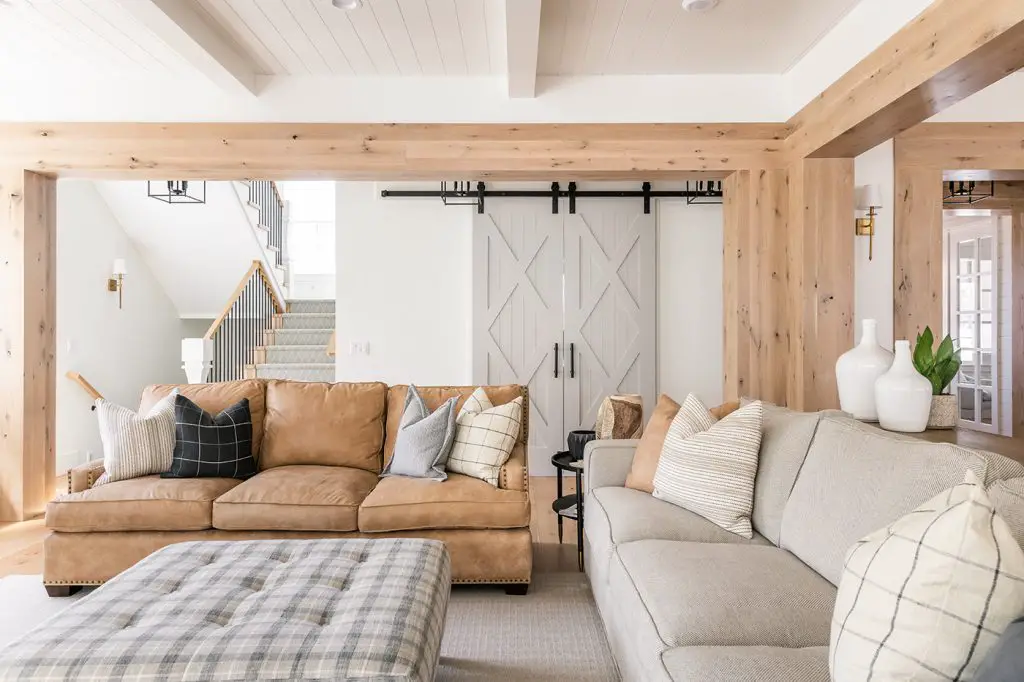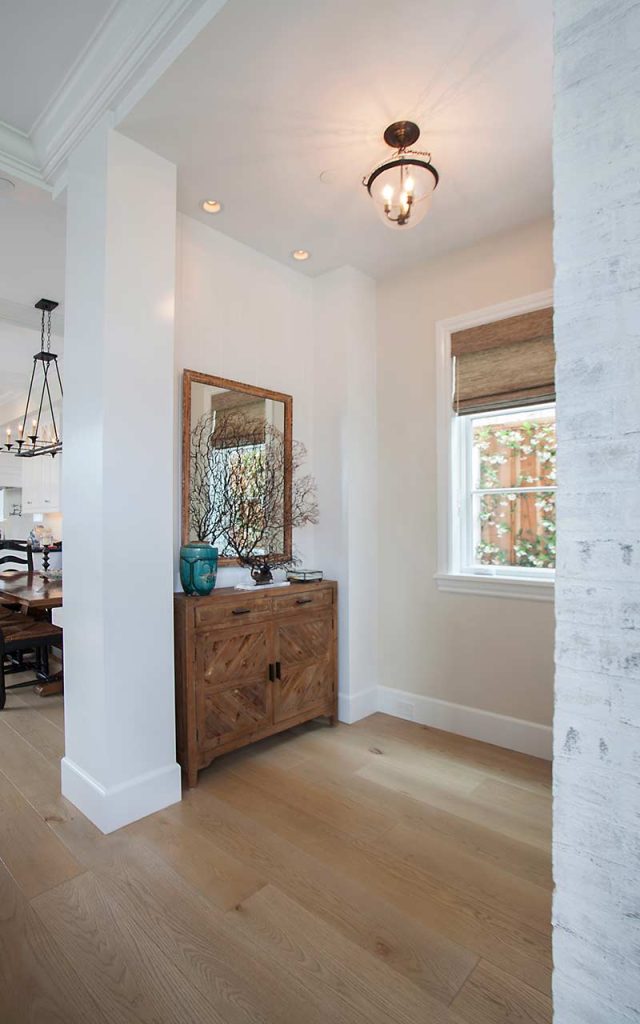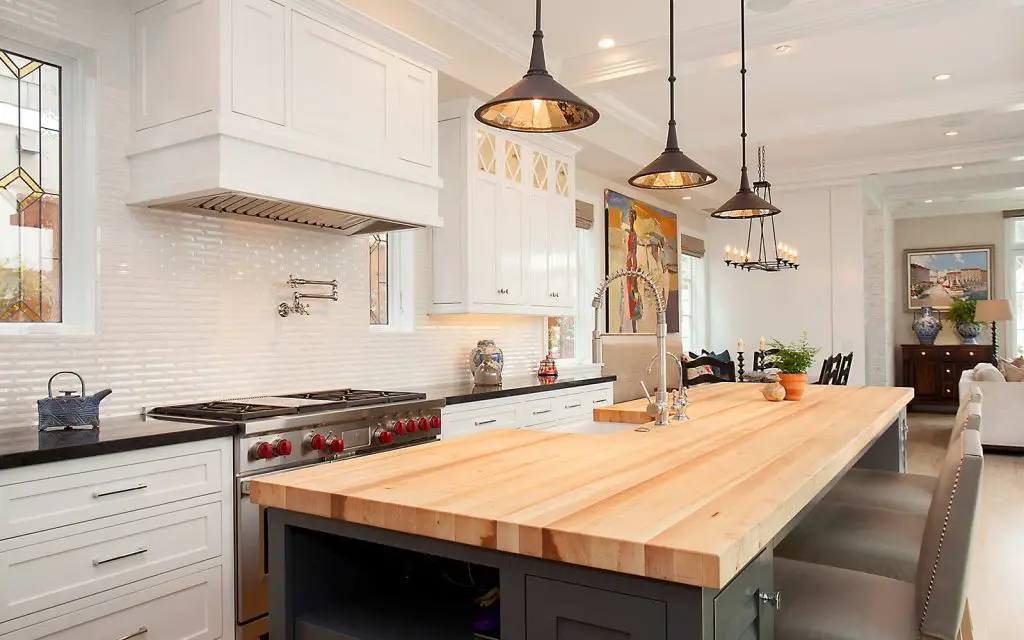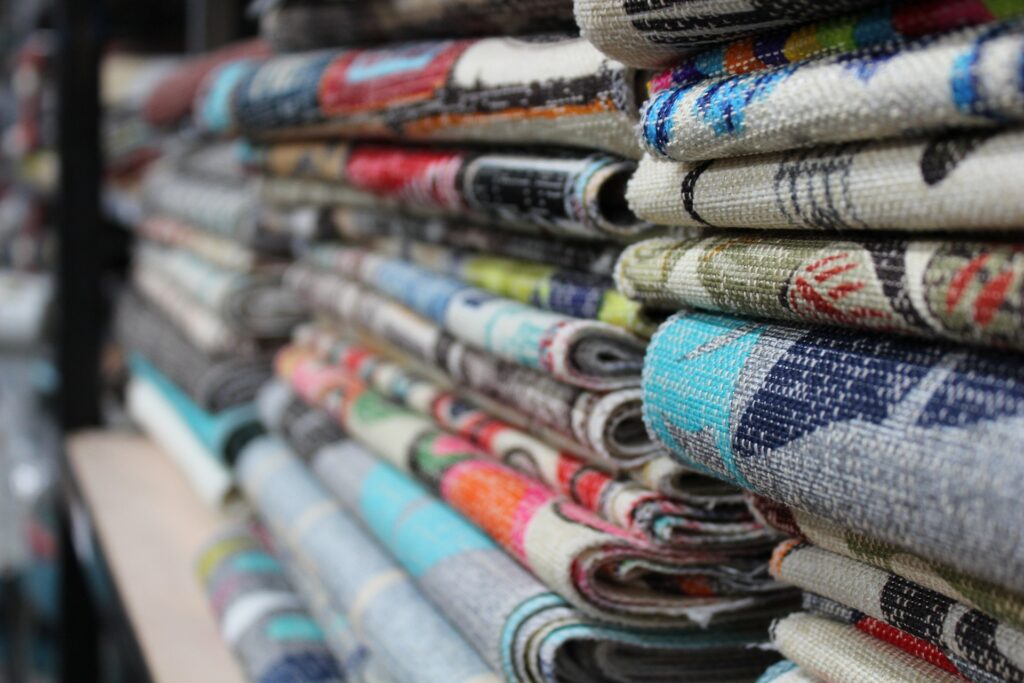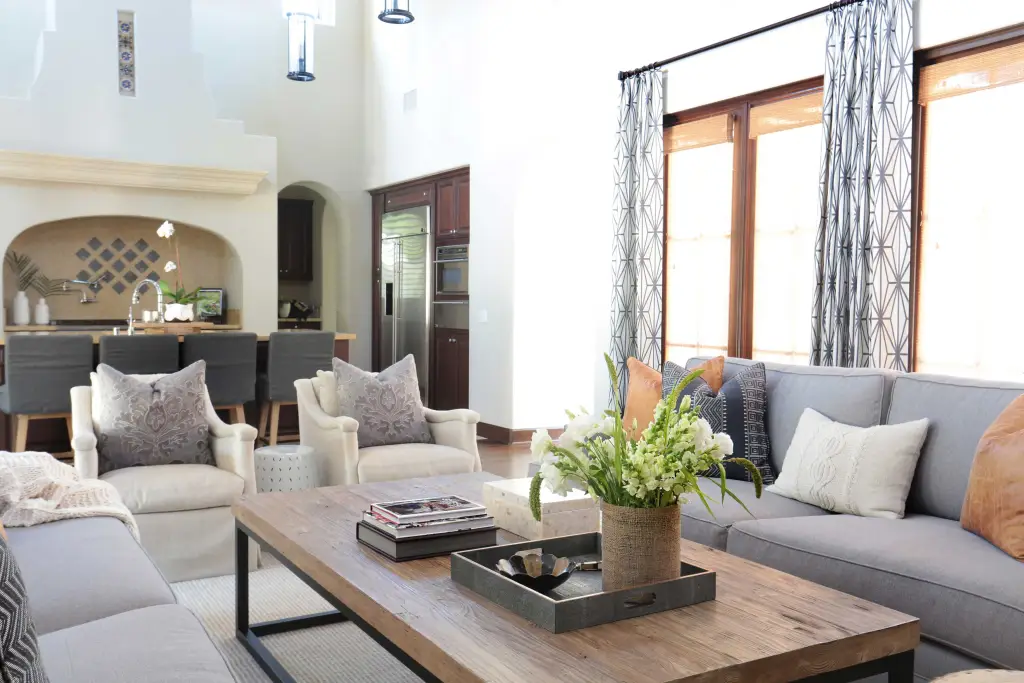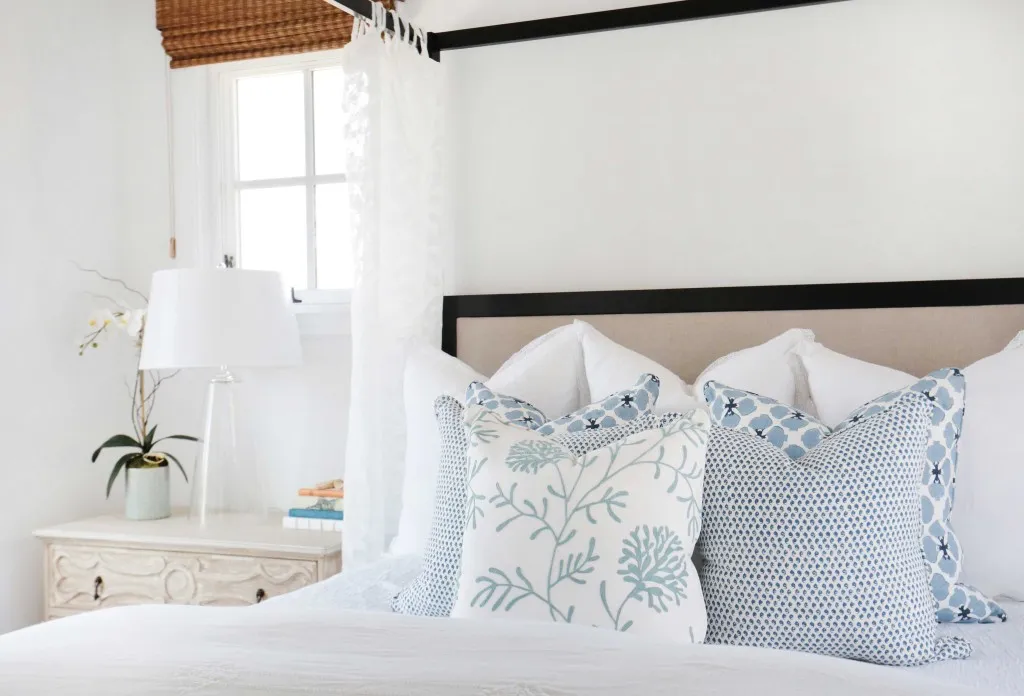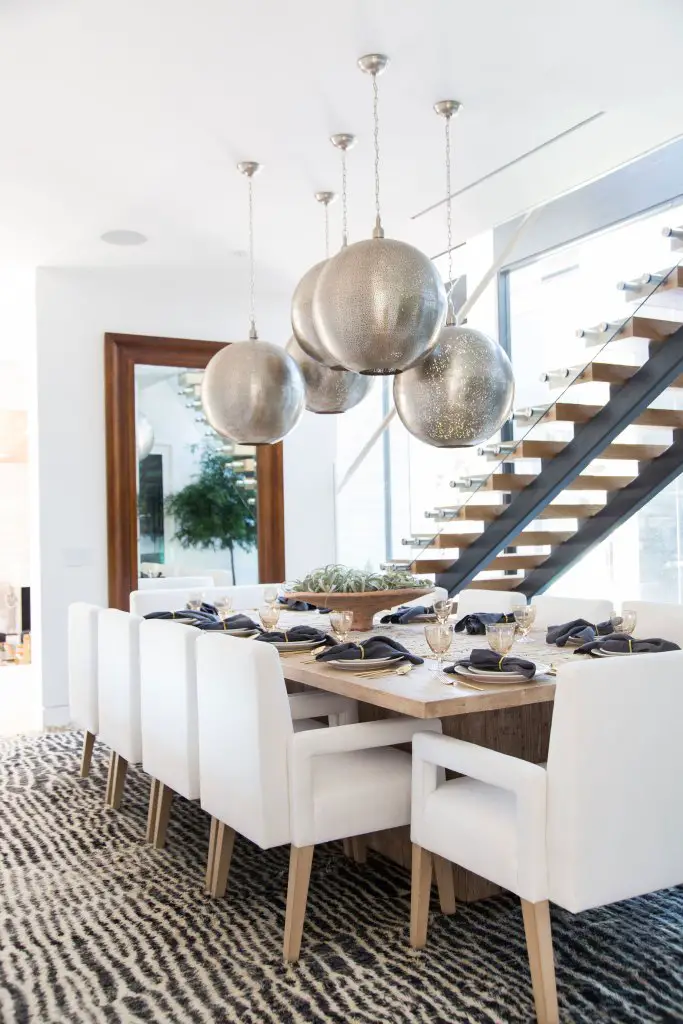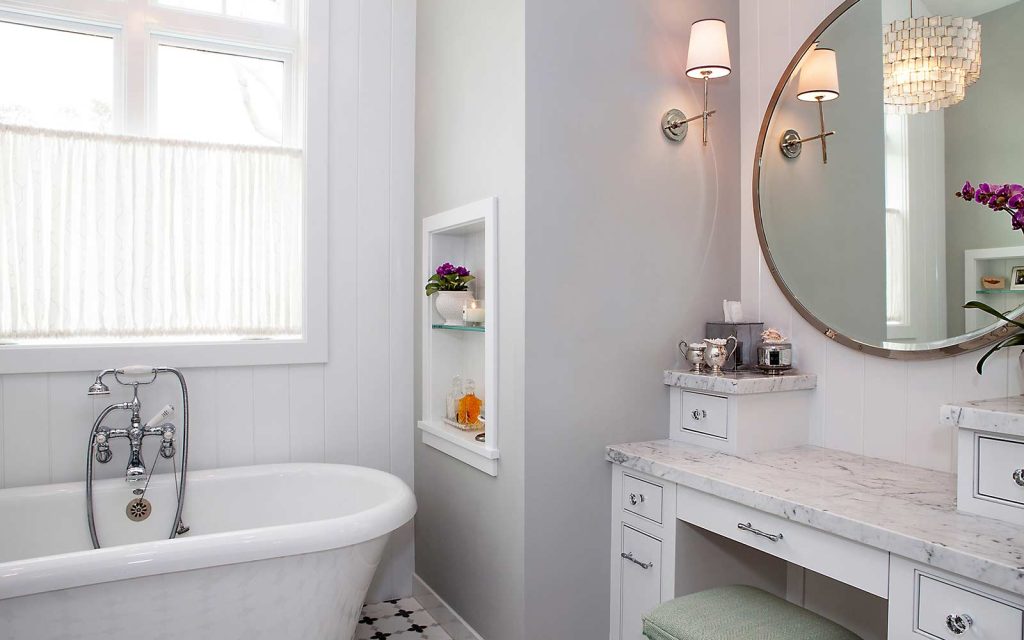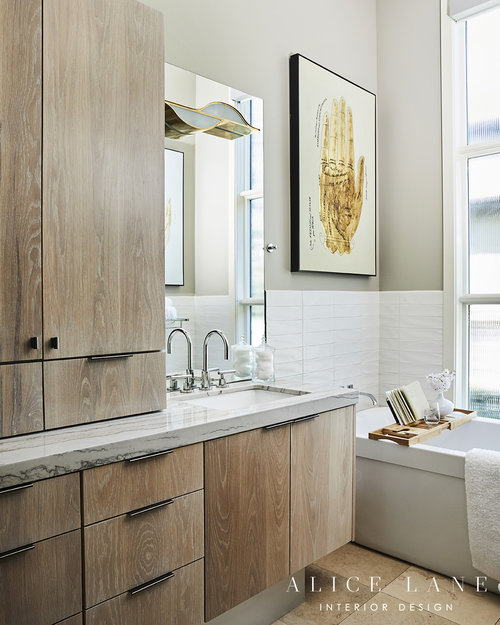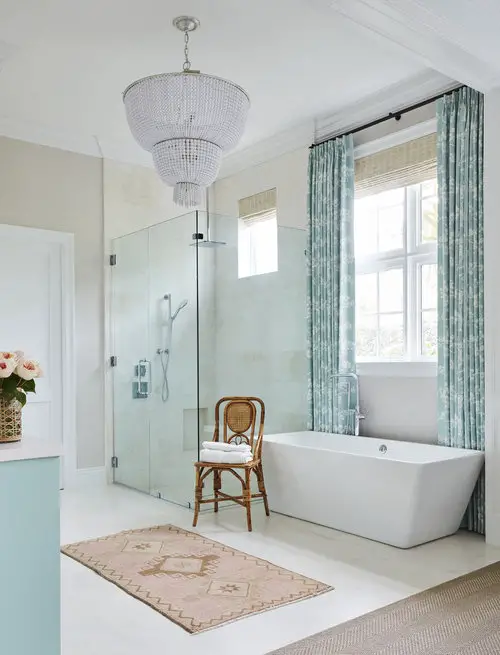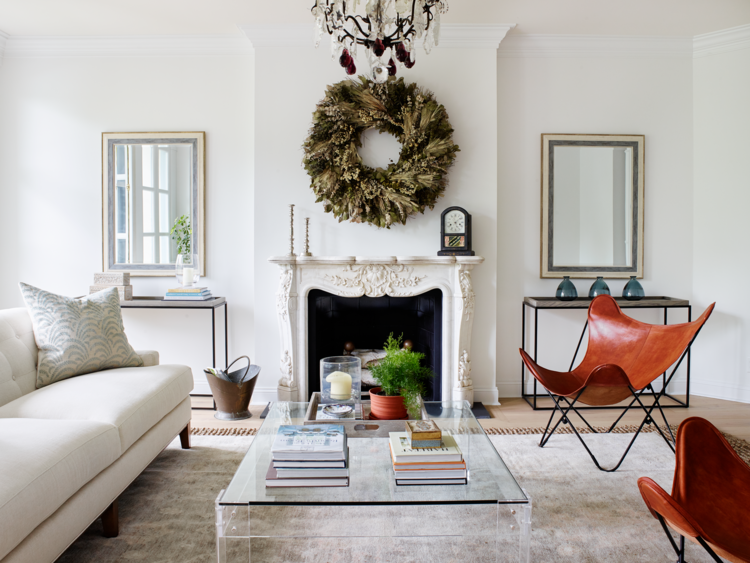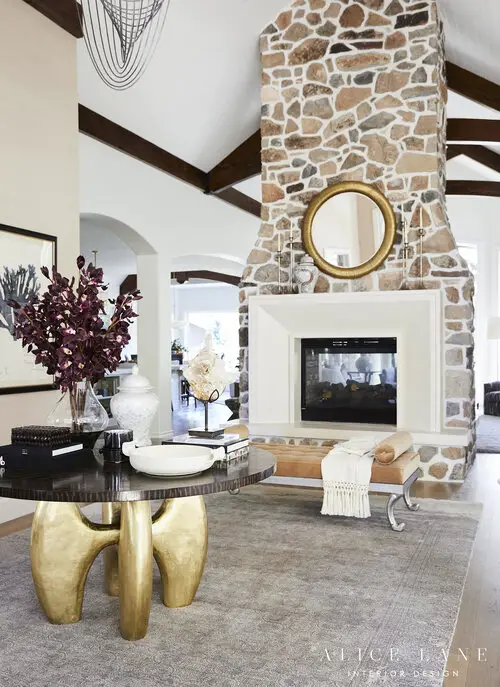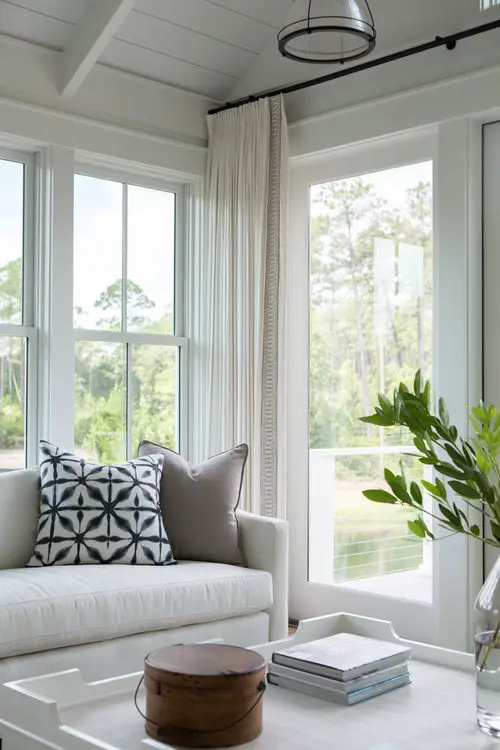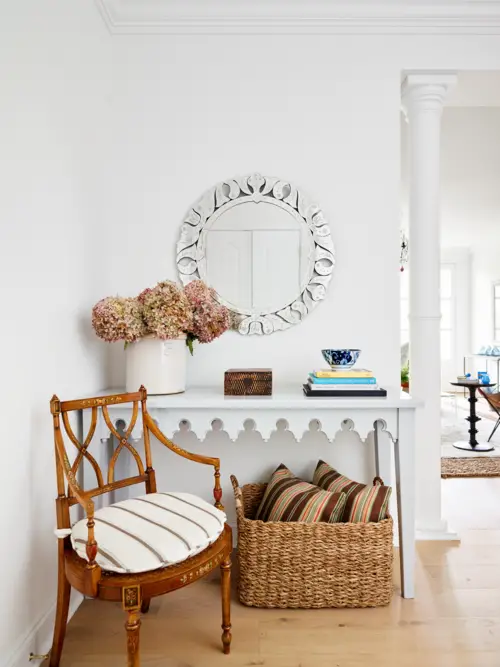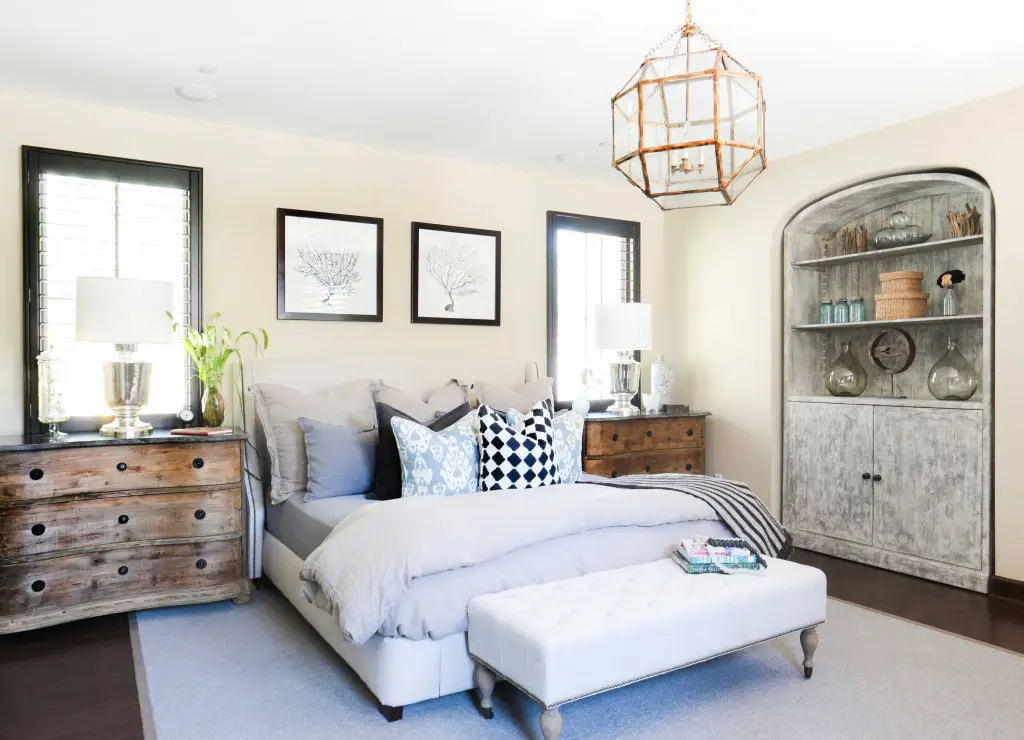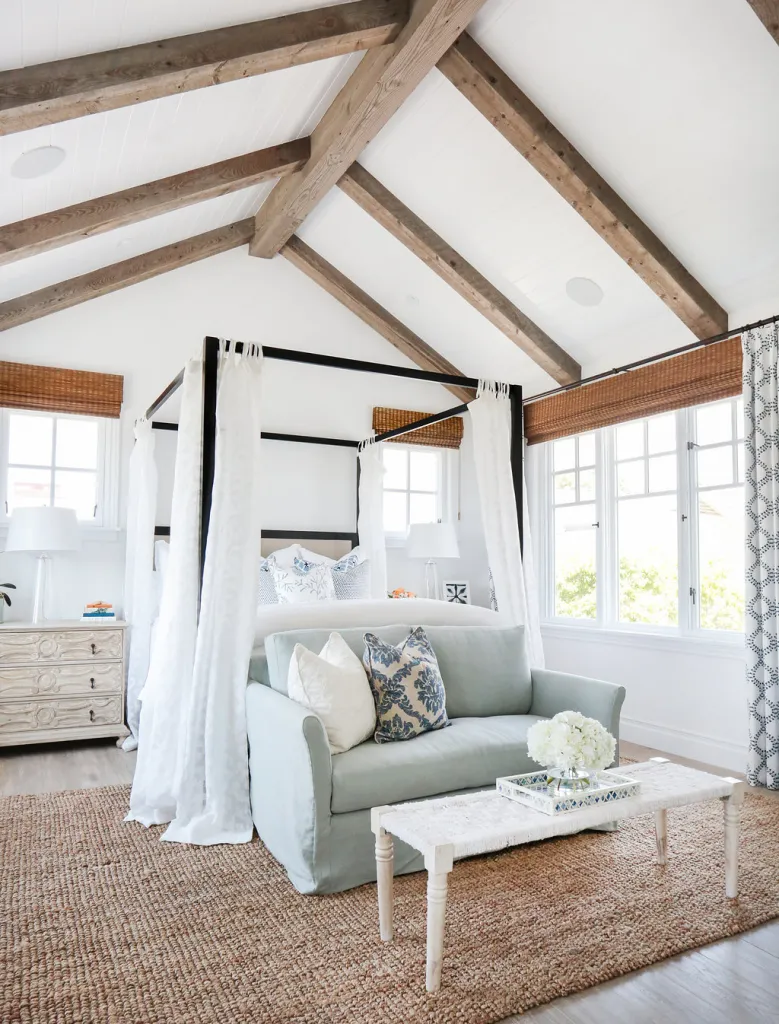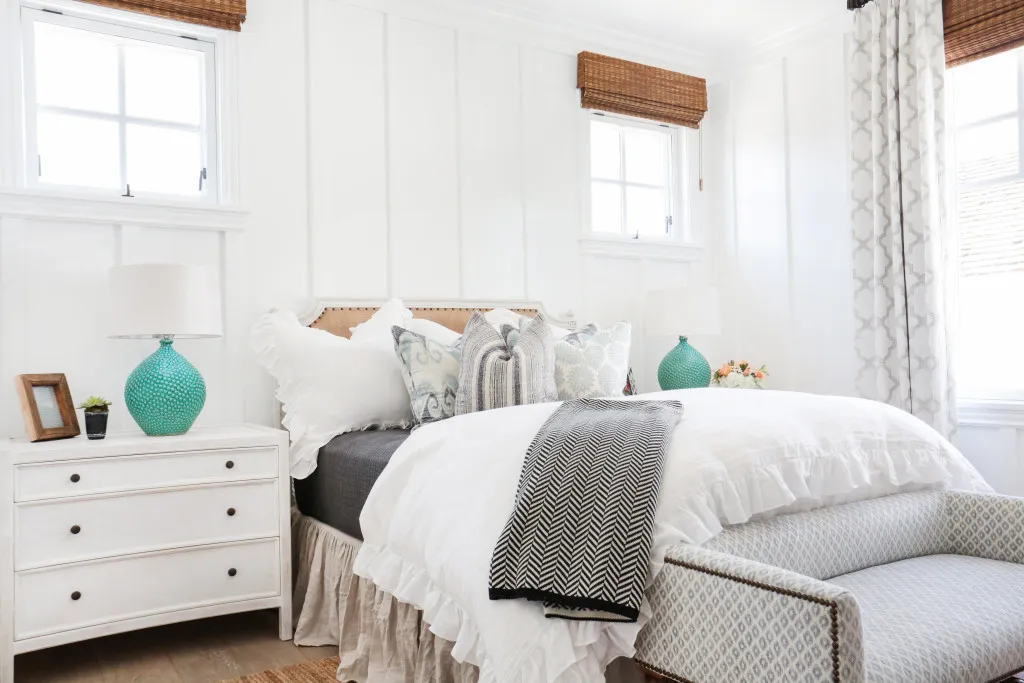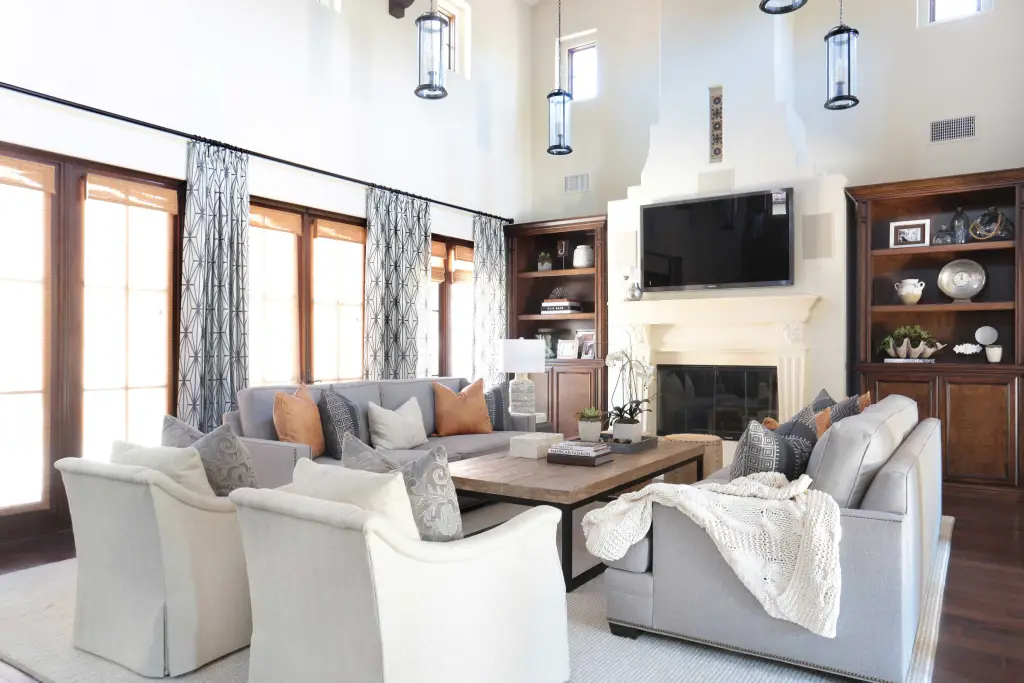Mold is a sort of fungus that has the capacity to grow inside or outside as long as there’s moisture for it to thrive on. Tiny spores that transport through the air will settle on a damp surface, eventually sprouting into the fungus and reproducing into colonies of these fungi.
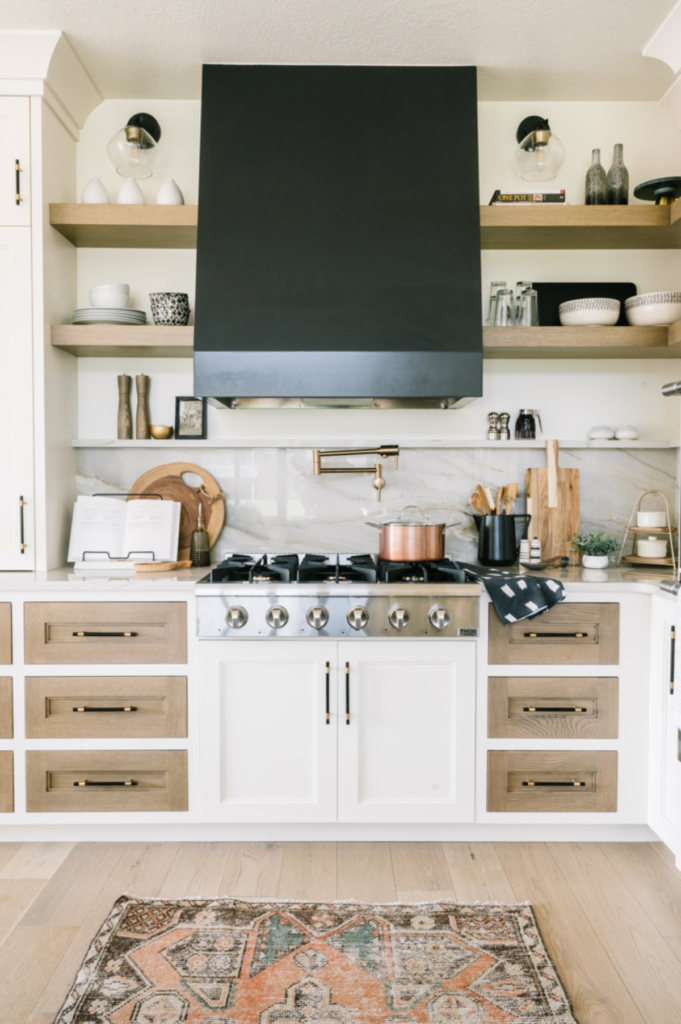
The indication is that there are thousands of mold types worldwide, many of which are virtually harmless, but these still present difficulties for the homeowner attempting to maintain the integrity of their household with some of these variations. And A few are toxic with the potential for health repercussions.
A homeowner can detect the presence in a home, usually by scent, when noticing a musty, damp smell in particular spaces. Typically a common location for mold is in areas with the most moisture, like kitchens, basements, and bathrooms.
When you get a sense of the foul odor, it’s suggested to inspect the surrounding spaces, including the flooring or carpeting and walls, for dampness.
When there’s a suspicion of mold, the key is to reach out to a trusted removal specialist like Abra Mold Removal at the earliest possible indication to avoid worsening the infestation or creating irreparable damages.
Is it possible to prevent the growth? Let’s look at the avoiding infestation more in-depth.
Can You Prevent The Development Of Mold
The critical component to avoiding the occurrence of mold in the household is to control dampness accumulating in the home. The warm, moist areas are prime for mold to flourish.
Putting effort into home maintenance by controlling the home’s humidity level and making corrections when water intrudes on your interior space upon circumstance is critical to the overall prevention of mold development.
Leaks should be handled immediately upon noticing the situation. When your home tends to run high on humidity, a dehumidifier would be the ideal investment to counter this or perhaps manage the air conditioning in a more efficient manner to control the level.
That would involve employing an HVAC repair contractor to perform preventive maintenance annually to keep the system efficiently functional.
Common spaces for mold accumulation are the basement or crawl spaces because these are usually void of climate control. Without adequate ventilation, the space will need the humidity reduced with a dehumidifier; plus, pay attention to your storage tactics in these areas.
Paper items like old magazines or newspapers that become damp in the humidity breed mold. A bathroom is also a top spot for growth; prevention would involve keeping the fan running while showering or bathing, or keeping a window open.
It’s also essential to wipe down areas from water exposure, including the shower door tracks and sinks. Find out the differences between mold and mildew in moist areas at https://www.epa.gov/mold/what-difference-between-mold-and-mildew/.
How Do You Get Rid of Mold Once It Develops
Once you understand what the fungus is and how it functions, you’ll have an idea of how to control it before it becomes a problem in your household. If, though, you suspect there is already an issue or find an exposed area in the house, it’s crucial to contact a mold removal specialist to have the space inspected and establish plans for removal.
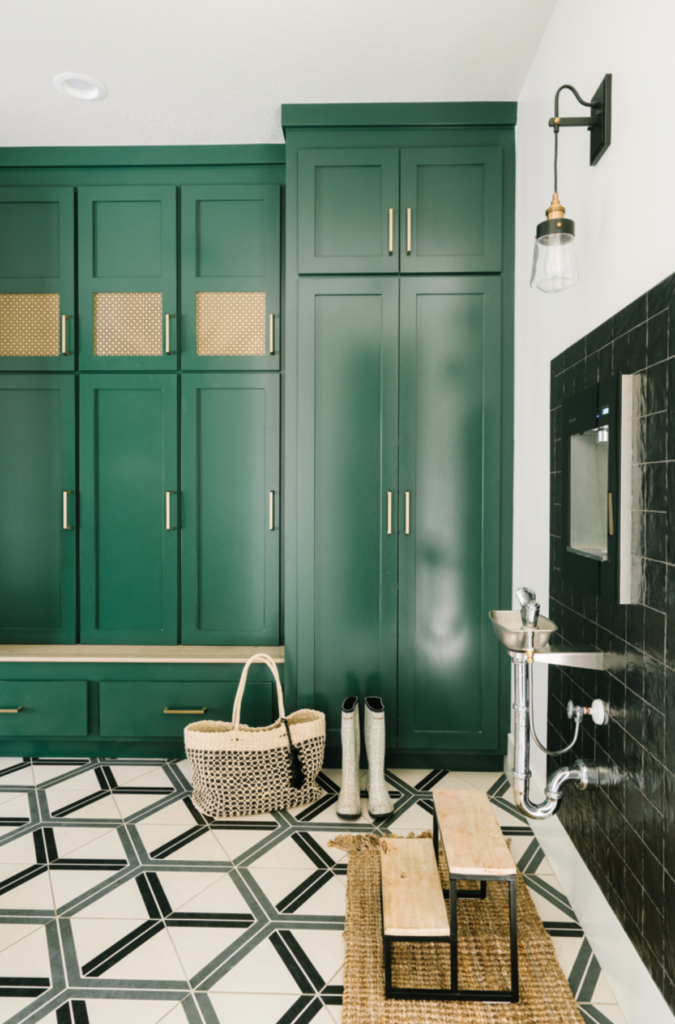
That’s especially true if you have an area that exceeds “10 square feet of surface area,” the designated maximum DIY size, before reaching out to a specialist.
In many cases attempting to tackle removal in a DIY capacity is discouraged since some of these fungi are exceptionally toxic. Click for guidance on mold removal and then follow along below to learn more.
● Select the most effective proper products for the removal
When finding a patch of mold, it’s essential to determine what materials will rid your home most effectively of the fungus, plus disinfect the space. When looking at various chemicals for the process, check the directives and pay close attention to all warnings. Two of the most commonly used in eliminating mold include:
1. Chlorine bleach
Chlorine bleach tends to be a staple in many households for varied purposes consisting of an exceptional concentration of “sodium hypochlorite.” With this specific chemical, particles are destroyed, and the discoloration from the fungus can be scrubbed away.
The indication is that this product should be diluted in a mixture of water before putting it to use. It is a harsh chemical, and the person using it for mold removal needs to be careful with adequate protective wear like gloves. It is recommended to use resilient nitrile gloves while handling chlorine bleach, as latex gloves may not provide sufficient protection against harsh chemicals.
2. Hydrogen Peroxide
Most homeowners have this in their medicine cabinet, also. It has the benefit of being somewhat milder than the chlorine bleach option. The recommendation is to use roughly “3 % to as great as 10%” of the substance alongside a mixture of water to remove mold and clean stains.
Because of its less abrasive nature, it will take more time to take effect, but it is a safer choice for household use or homeowner DIY tasks disallowing toxic fumes or the potential for a lasting residue.
● “Antimicrobial spray” following mold removal
The process continues after removing the mold and the discoloration; the area needs to be completely dry before applying an antimicrobial spray in an effort to maintain cleanliness. It’s vital to eliminate all excess moisture to prevent the surviving spores from thriving and expanding. The spray can be used in a “fog” fashion to do an entire room in one fell swoop.
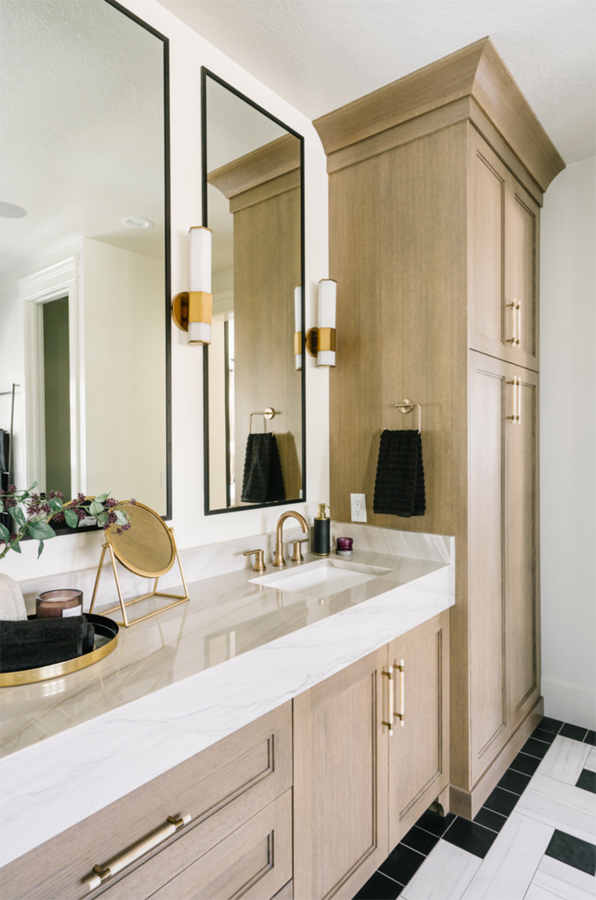
Final Thought
Mold is not something anyone should merely dive into removing under any circumstances. It is a standard part of being a homeowner, one that you must regularly be mindful of and attempt to control with routine upkeep and maintenance.
Still, suppose you notice an active problem from a foul musty, damp odor or exposure in an expansive area. In that case, it’s wise to reach out to a removal specialist for an inspection to see how extensive the problem is before deciding to DIY the project.
The professional has adequate tools, skills, and knowledge to handle projects that could turn out to be larger than you might realize. These require extreme chemical solutions and proper disposal of the infested materials.
While some molds are toxic, some damage the home’s integrity; many are virtually harmless. Still, they all need to be eliminated. The specialist will know how to handle each variation professionally. Thanks to Abra Mold Removal for consulting!

